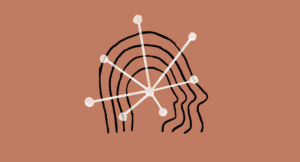Multicore processing is like having multiple brains inside your computer. Each processing core can work on a different task simultaneously, which means that your computer can handle multiple applications and workloads at the same time. This means that you can run your data analysis program while streaming music, browsing the internet, and even playing a video game, all without slowing down your computer.
The benefits of multicore processing are clear: faster processing times, improved multitasking capabilities, and increased performance when running multiple applications simultaneously. But the real magic of multicore processing is in what it enables us to do. With the ability to handle more complex workloads, we can tackle bigger problems, analyze larger datasets, and push the boundaries of what’s possible in computing. So the next time you’re waiting for your computer to finish running a program, remember: with multicore processing, you have the power to do more, and be more, than you ever thought possible.
What is meant by multicore processing?
Multicore processing is a type of computer processing that utilizes multiple processors on a single chip. These processors are known as “cores,” and they allow a computer to perform multiple tasks simultaneously. By utilizing multiple cores, a computer can run more efficiently and handle more complex workloads.
The benefits of multicore processing include faster processing times, improved multitasking capabilities, and increased performance when running multiple applications simultaneously. Multicore processing is widely used in modern computers, including desktops, laptops, and mobile devices.
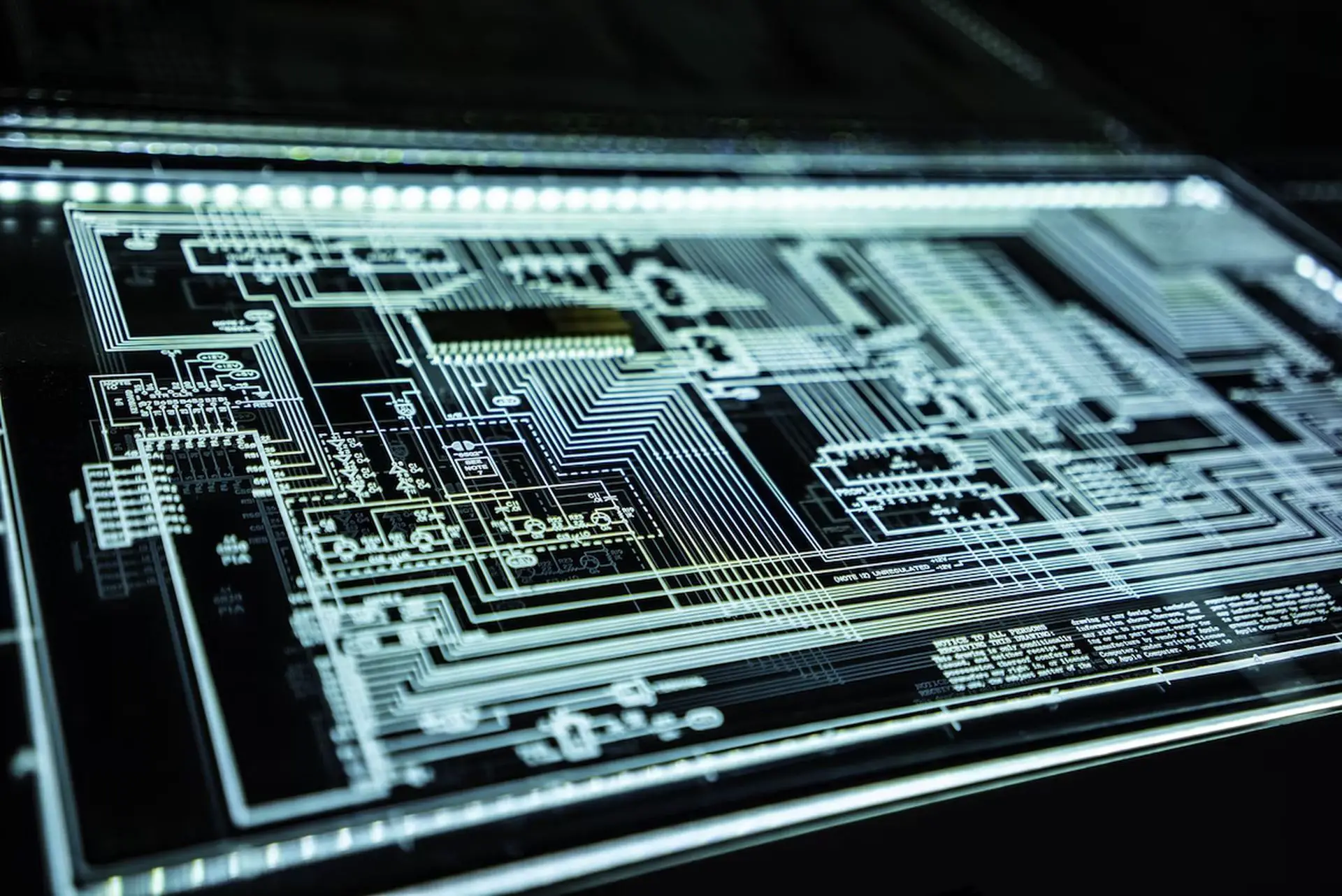
What is the difference between multicore and multiprocessing?
Multicore processing and multiprocessing are both technologies that enable a computer to perform multiple tasks simultaneously. However, there is a fundamental difference between the two.
Multiprocessing refers to the use of multiple processors, each with its own set of resources, to execute different tasks simultaneously. This can be achieved by connecting multiple processors together through a network or other means. Multiprocessing is often used in high-performance computing environments, such as scientific research and data analysis.
On the other hand, multicore processing refers to the use of multiple processing cores within a single processor to execute different tasks simultaneously. Each core has access to the same set of resources, such as memory and cache. Multicore processing is used in a wide range of computing applications, including desktop and laptop computers, servers, and mobile devices.
Exploring the fundamentals of online transaction processing databases
While both multicore processing and multiprocessing involve executing multiple tasks simultaneously, multicore processing utilizes multiple cores within a single processor, while multiprocessing utilizes multiple processors.
Multicore processing offers several advantages over traditional single-core processing. Here are some of the key benefits:
- Enhanced processing speed: By utilizing multiple cores, a computer can perform tasks faster and more efficiently. Each core can handle a separate task simultaneously, which can lead to significant performance improvements. This is particularly useful for applications that require a lot of processing power, such as video editing, 3D rendering, and gaming.
- Optimal resource management: Multicore processing can help to reduce power consumption and heat generation. This is because each core can operate at a lower clock speed than a single-core processor, which reduces the amount of power needed to perform a task. Additionally, multicore processors can better manage resources such as memory and cache, which can improve overall system efficiency.
- Economical computing solution: Multicore processors can be a cost-effective solution for improving computer performance. Rather than purchasing a new, faster single-core processor, a multicore processor can be used to achieve similar performance gains at a lower cost. This is particularly beneficial for budget-conscious consumers or businesses that need to upgrade their computer systems without breaking the bank.
Multicore processing offers improved performance, increased efficiency, and cost-effective benefits over traditional single-core processing. As a result, it has become a popular technology for a wide range of computing applications.
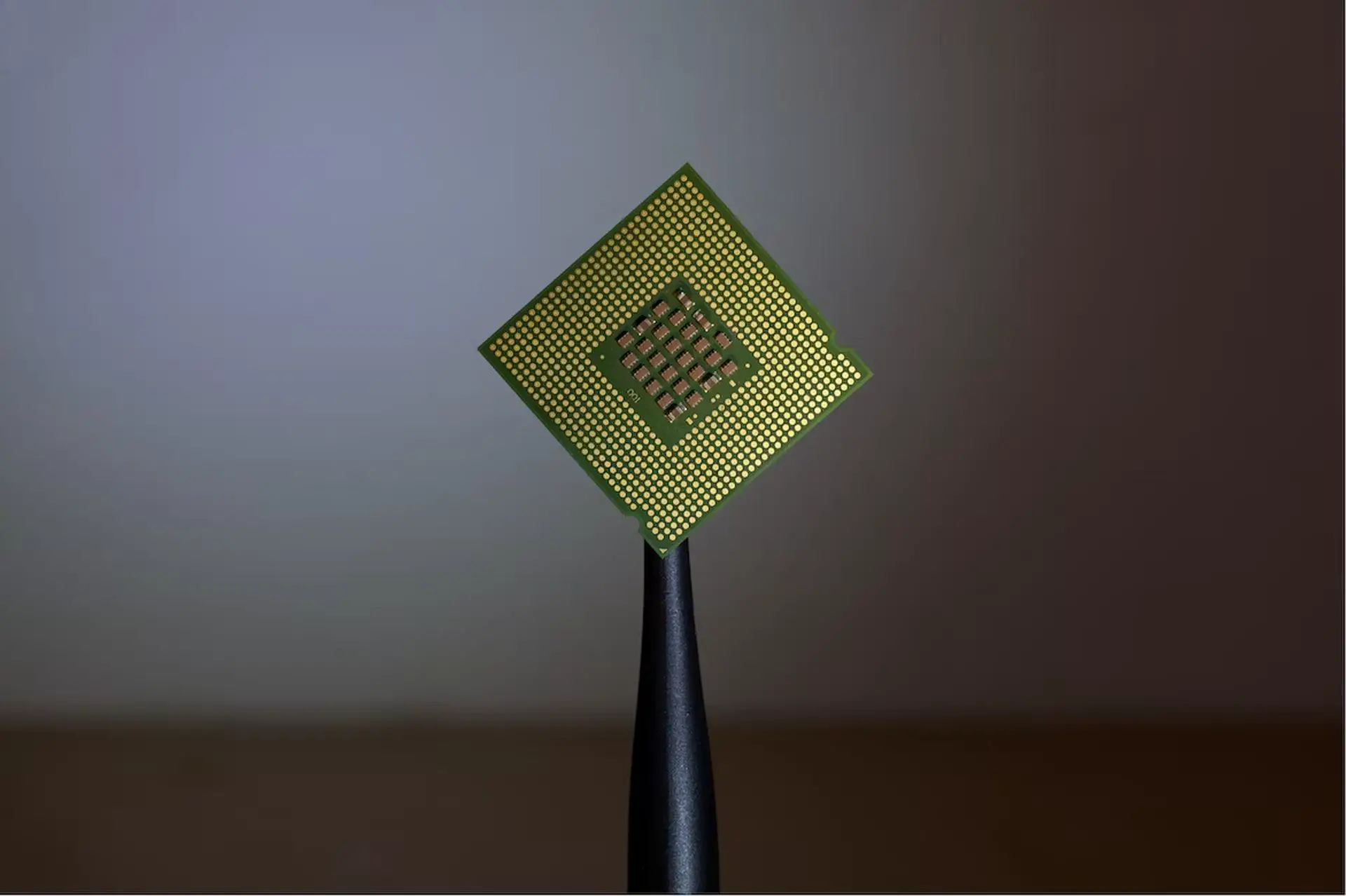
Understanding multicore processing architecture
Multicore processing architecture refers to the way in which multiple processing cores are organized and managed within a single processor. There are three main types of multicore processing architecture: Symmetric Multiprocessing (SMP), Asymmetric Multiprocessing (AMP), and Heterogeneous Multiprocessing (HMP).
Symmetric multiprocessing (SMP)
In an SMP architecture, all processing cores are identical and can access the same memory and resources. Tasks are distributed evenly among the cores, and each core works independently to complete its assigned tasks. SMP is commonly used in high-performance computing environments such as servers and data centers.
Asymmetric multiprocessing (AMP)
In an AMP architecture, each processing core is assigned a specific task or set of tasks. One core is designated as the “master” core and is responsible for managing the other cores. The master core distributes tasks to the other cores and collects the results. AMP is commonly used in embedded systems and real-time applications.
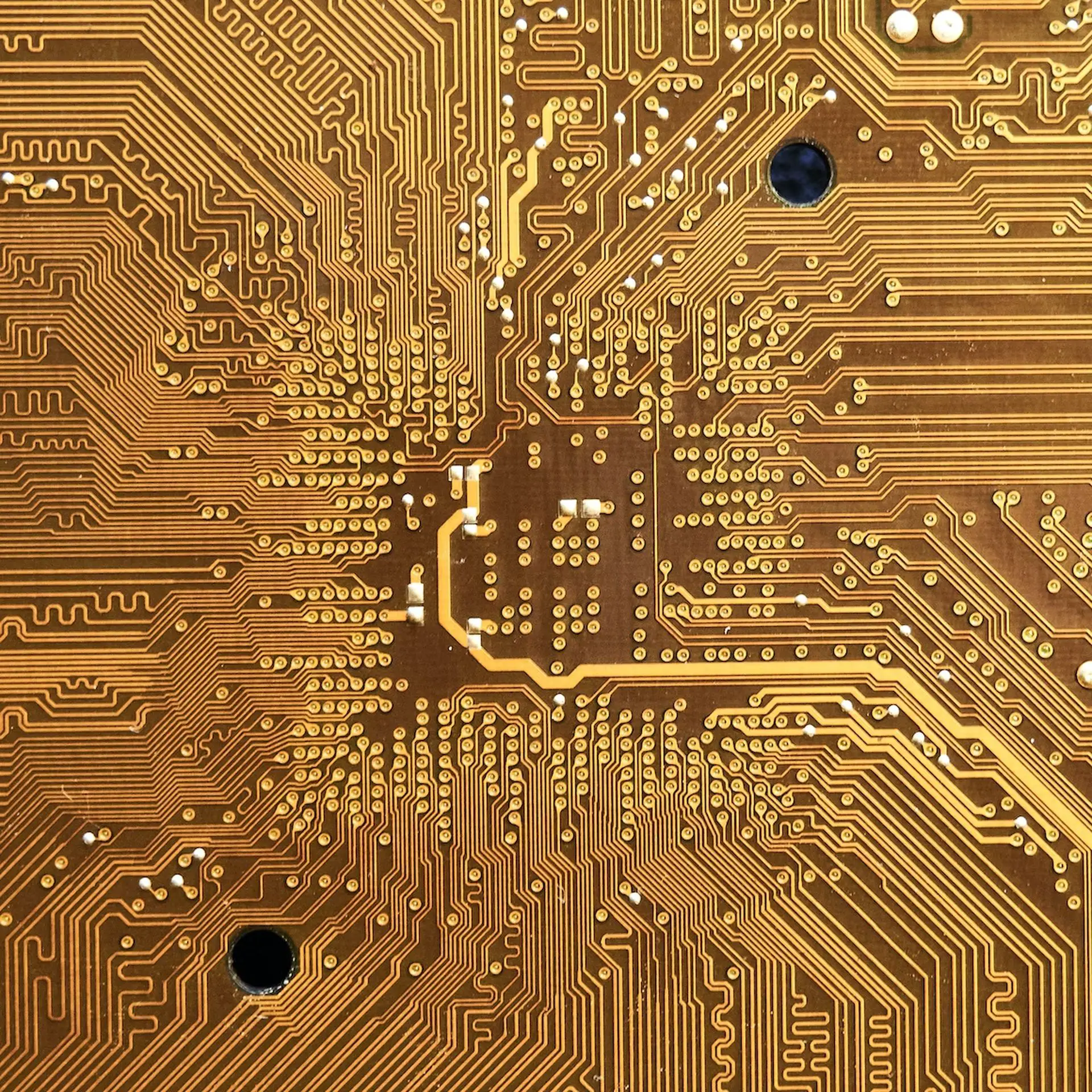
Heterogeneous multiprocessing (HMP)
In an HMP architecture, processing cores are not identical and can have different architectures, clock speeds, and power consumption levels. Each core is assigned specific tasks based on its capabilities, and the workload is distributed accordingly. HMP is commonly used in mobile devices and other low-power applications.
The role of digit-computers in the digital age
Most efficient multicore processing technologies
Multicore processing technologies continue to evolve, and there are several technologies available that can help to optimize performance and efficiency. Here are three of the most efficient multicore processing technologies:
- Hyper-threading (HT): HT is a technology developed by Intel that allows a single physical core to act as two logical cores. This is achieved by duplicating some of the core’s resources, such as registers and execution units, which allows it to handle two threads simultaneously. HT can lead to significant performance improvements in applications that can take advantage of parallelism.
- Simultaneous multithreading (SMT): SMT is similar to HT in that it allows a single physical core to handle multiple threads simultaneously. However, SMT goes one step further by dynamically assigning resources to each thread based on demand. This can lead to even greater performance improvements, especially in applications with varying levels of parallelism.
- Cache coherency: Cache coherency is a technology that ensures that all processing cores have consistent access to the same data stored in memory. This is achieved by using a cache coherence protocol that manages the transfer of data between caches. Cache coherency is essential for ensuring that multiple processing cores can work together efficiently and effectively.
By utilizing these technologies, developers can design systems that offer improved performance, efficiency, and scalability.
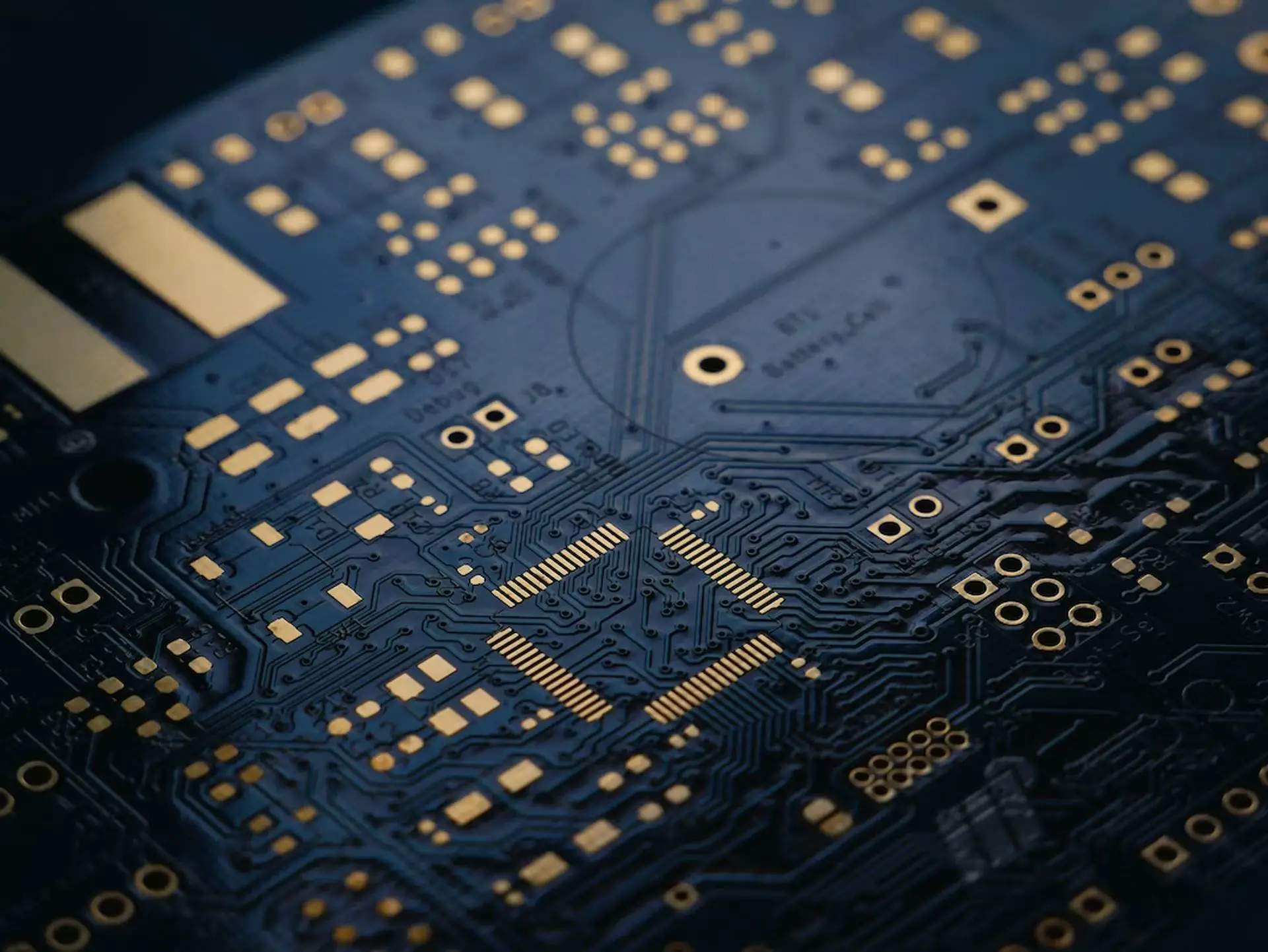
A problem shared is a problem halved
Multicore processing is like having a team of problem solvers working together to tackle a complex issue. Each processing core is like a member of the team, bringing their own unique skills and abilities to the table. By sharing the workload across multiple cores, the problem is divided into smaller, more manageable parts, and the team can work together to solve it more efficiently.
So, just as sharing a problem with others can make it easier to solve, sharing the workload across multiple processing cores can make computing tasks easier and more efficient to complete. Multicore processing is a powerful tool that enables us to work together, solve problems faster, and achieve more than we ever thought possible.
- SEO Powered Content & PR Distribution. Get Amplified Today.
- PlatoAiStream. Web3 Data Intelligence. Knowledge Amplified. Access Here.
- Minting the Future w Adryenn Ashley. Access Here.
- Buy and Sell Shares in PRE-IPO Companies with PREIPO®. Access Here.
- Source: https://dataconomy.com/2023/05/03/what-is-multicore-processing/
- :has
- :is
- :not
- 1
- 250
- 3d
- 3D Rendering
- a
- abilities
- ability
- access
- accordingly
- Achieve
- achieved
- across
- Act
- Additionally
- ADvantage
- advantages
- AI
- All
- allow
- allows
- among
- amount
- amp
- an
- analysis
- analyze
- and
- applications
- architecture
- ARE
- AS
- assigned
- At
- available
- Bank
- based
- BE
- because
- become
- beneficial
- benefits
- Better
- between
- bigger
- both
- boundaries
- brains
- Breaking
- Bringing
- Browsing
- businesses
- but
- by
- cache
- CAN
- capabilities
- Centers
- chip
- clear
- Clock
- collects
- commonly
- complete
- complex
- computer
- computers
- computing
- Connecting
- consistent
- Consumers
- consumption
- content
- continue
- Core
- Cost
- cost-effective
- cost-effective solution
- data
- data analysis
- data centers
- datasets
- Demand
- Design
- design systems
- designated
- desktop
- developed
- developers
- Devices
- difference
- different
- digital
- distributed
- divided
- do
- down
- dynamically
- each
- easier
- editing
- effectively
- efficiency
- efficient
- efficiently
- embedded
- enable
- enables
- end
- ensures
- ensuring
- environments
- especially
- essential
- Ether (ETH)
- Even
- EVER
- evolve
- execute
- executing
- execution
- faster
- finish
- For
- fundamental
- Fundamentals
- further
- Gains
- game
- gaming
- generation
- Goes
- greater
- hand
- handle
- Have
- having
- help
- here
- high-performance
- However
- HT
- HTTPS
- identical
- improve
- improved
- improvements
- improving
- in
- include
- Including
- increased
- independently
- Intel
- Internet
- into
- involve
- issue
- IT
- ITS
- jpg
- just
- Key
- known
- laptop
- laptops
- larger
- lead
- levels
- like
- logical
- Lot
- magic
- Main
- make
- manage
- managed
- management
- manages
- managing
- master
- max-width
- means
- member
- Memory
- Mobile
- mobile devices
- Modern
- more
- more efficient
- most
- multiple
- Music
- Need
- needed
- network
- New
- next
- of
- offer
- Offers
- often
- on
- ONE
- online
- operate
- Optimize
- or
- Organized
- Other
- Others
- over
- overall
- own
- particularly
- parts
- perform
- performance
- physical
- plato
- Plato Data Intelligence
- PlatoData
- playing
- Popular
- possible
- power
- powerful
- Problem
- problems
- processing
- Processing Power
- Processor
- processors
- Program
- protocol
- purchasing
- Push
- range
- rather
- real
- Real Magic
- real-time
- reduce
- reduces
- refers
- registers
- remember
- rendering
- require
- research
- resource
- Resources
- responsible
- result
- Results
- Role
- Run
- running
- same
- Scalability
- Scientific Research
- separate
- set
- several
- shared
- sharing
- significant
- similar
- simultaneously
- single
- skills
- Slowing
- smaller
- So
- solution
- SOLVE
- some
- specific
- speed
- speeds
- Step
- stored
- streaming
- such
- system
- Systems
- table
- Take
- Task
- tasks
- team
- Technologies
- Technology
- than
- that
- The
- their
- There.
- These
- they
- this
- thought
- three
- Through
- time
- times
- to
- together
- tool
- traditional
- transaction
- transaction processing
- transfer
- two
- type
- types
- unique
- units
- upgrade
- us
- use
- used
- using
- utilizes
- Utilizing
- Video
- video game
- Waiting
- Way..
- we
- What
- What is
- when
- which
- while
- wide
- Wide range
- widely
- with
- within
- without
- Work
- work together
- working
- works
- you
- Your
- zephyrnet



